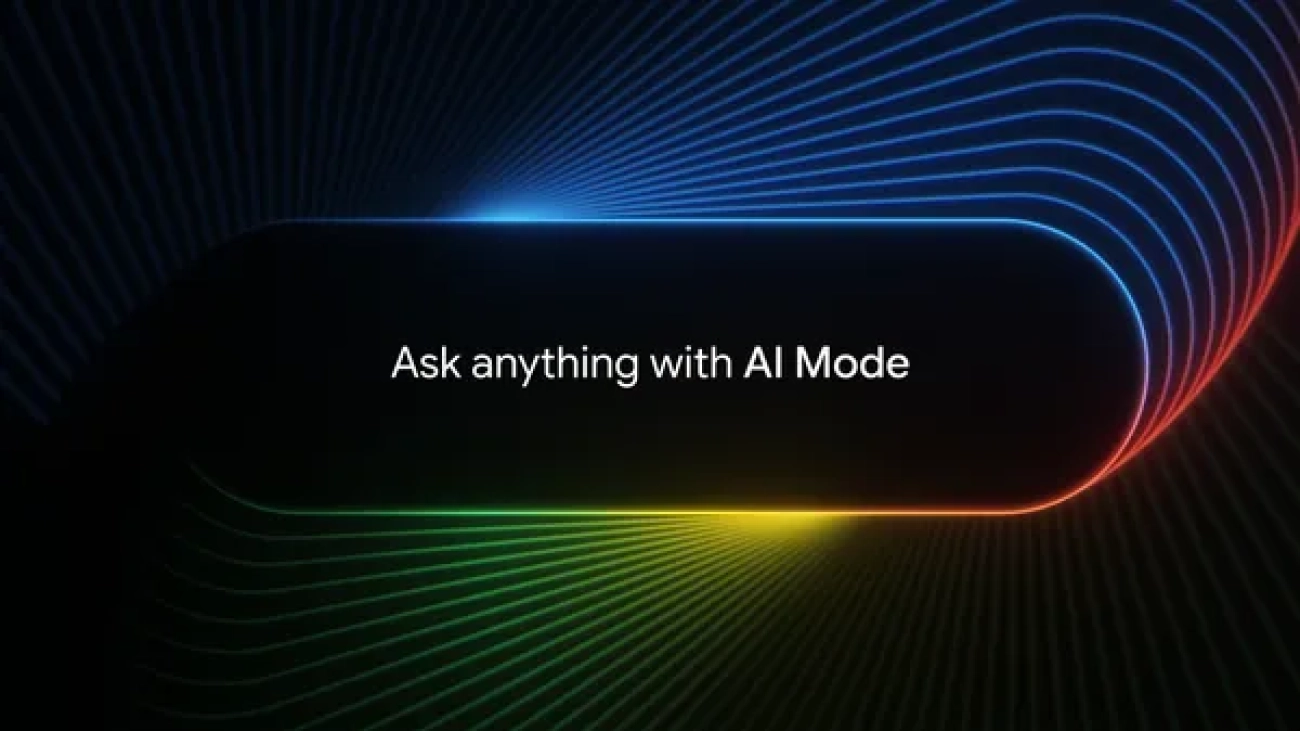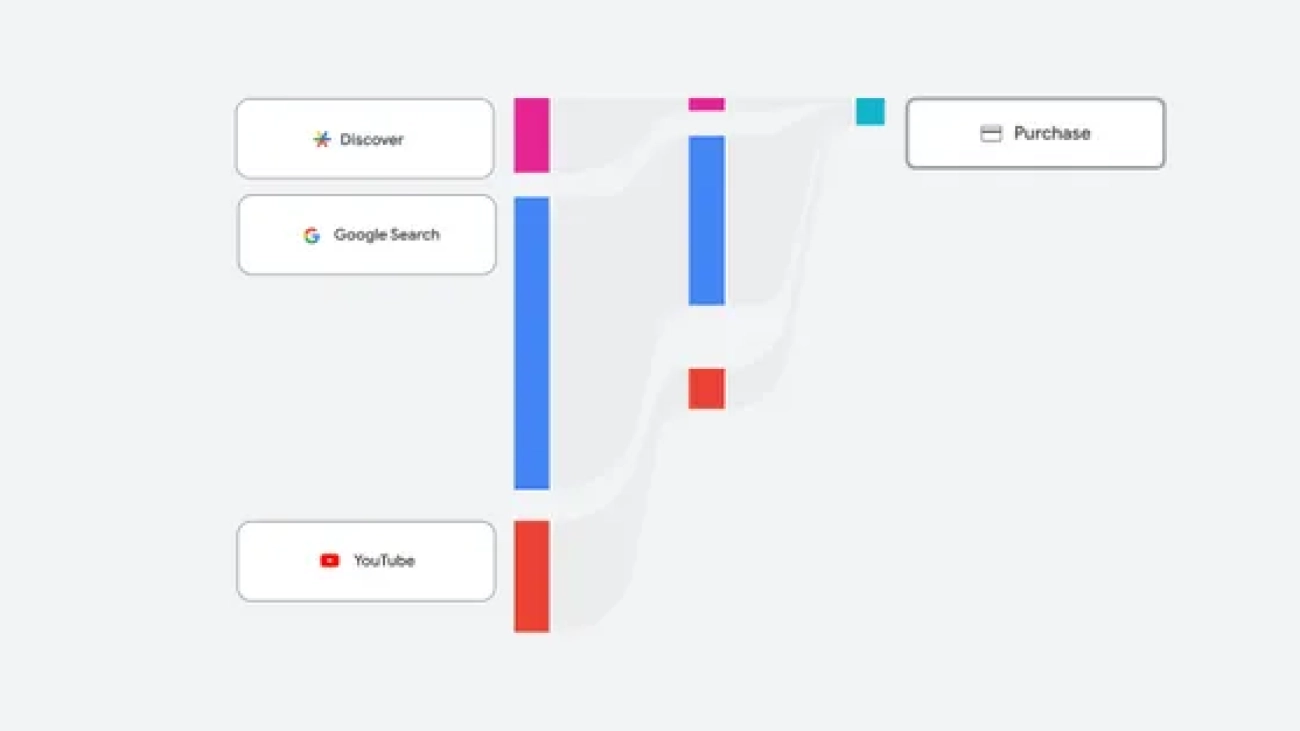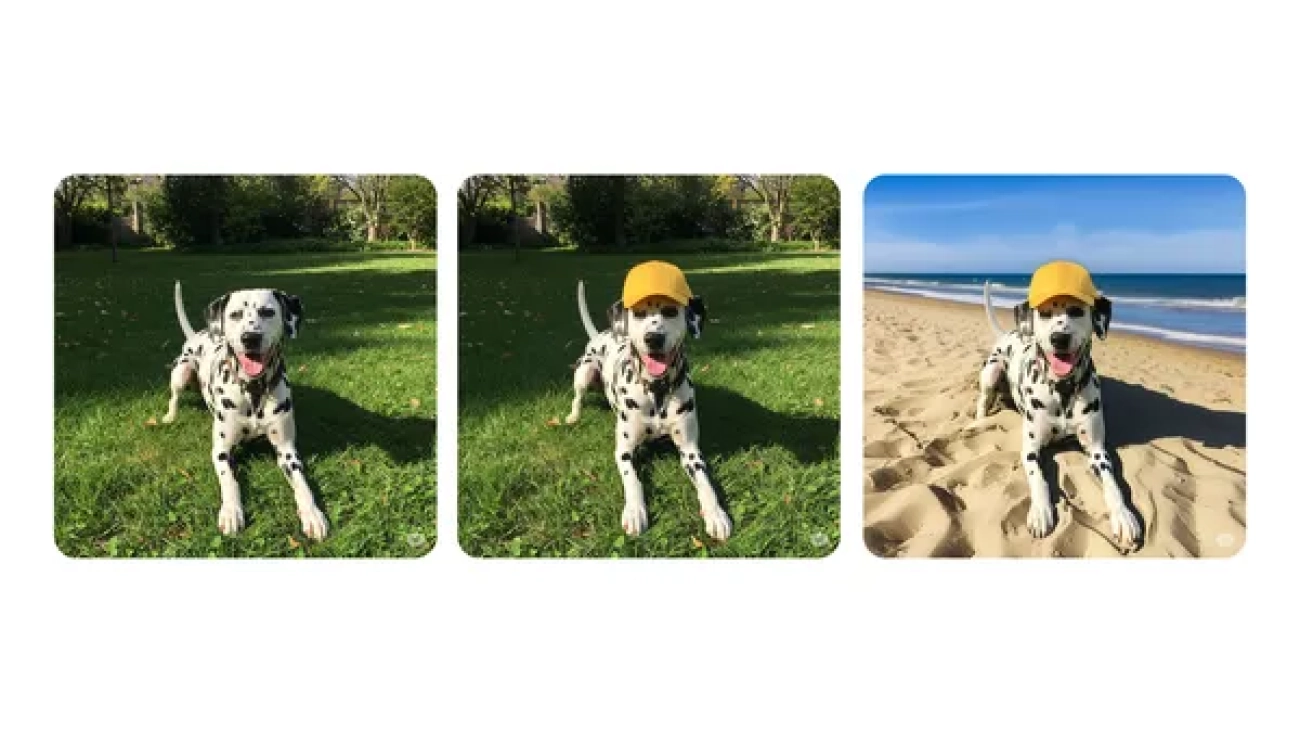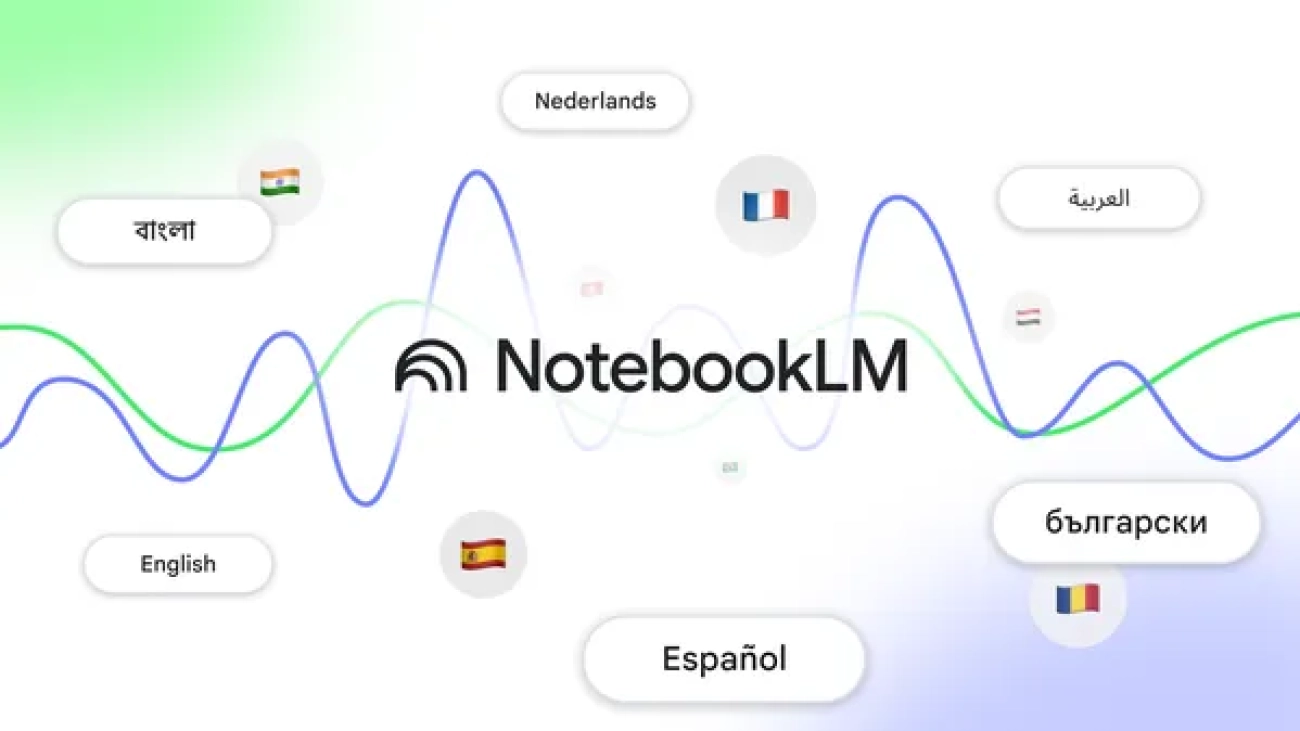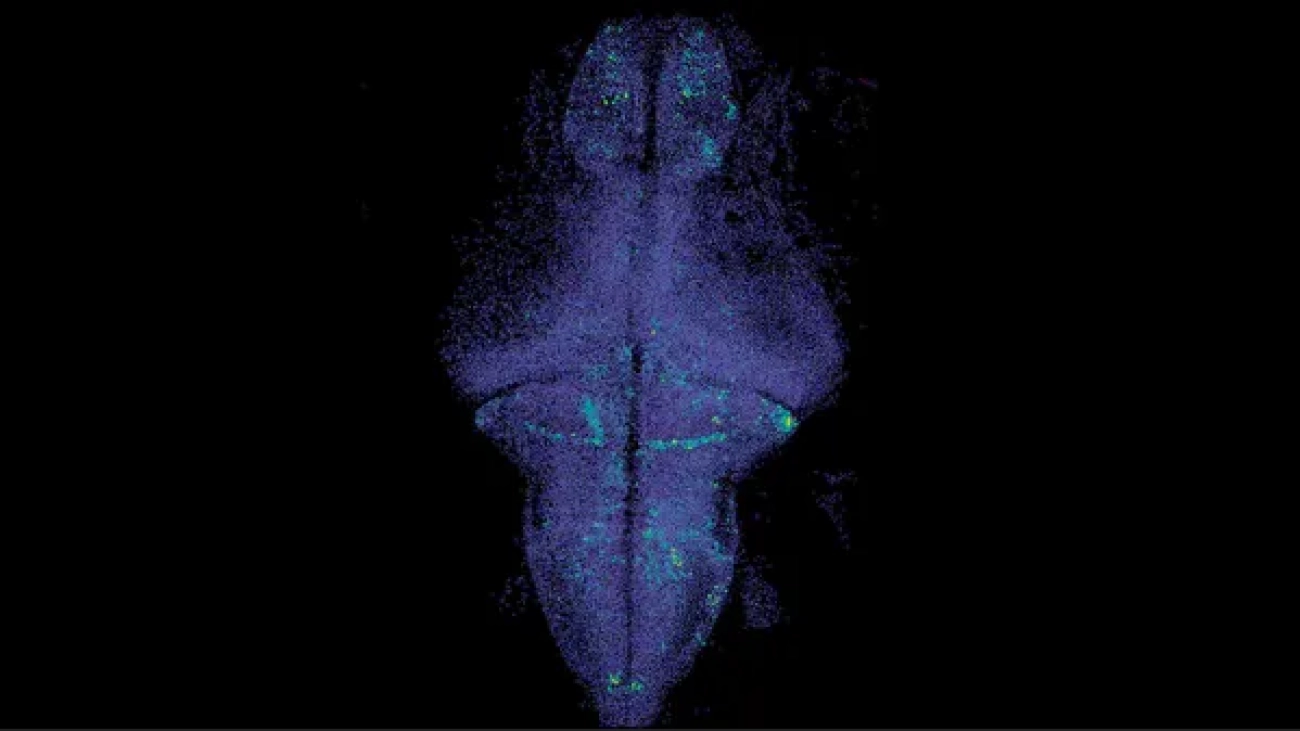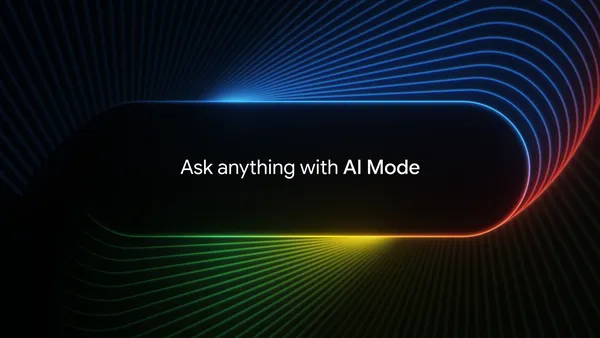 Anyone in the U.S. can now get immediate access to AI Mode in Labs.Read More
Anyone in the U.S. can now get immediate access to AI Mode in Labs.Read More
Investing in workforce, energy infrastructure and the policies needed to power the AI opportunity
 Google is announcing a new paper and support for an effort to train 100,000 electrical workers and 30,000 new apprentices in the United States.Read More
Google is announcing a new paper and support for an effort to train 100,000 electrical workers and 30,000 new apprentices in the United States.Read More
Channel performance and more reporting coming to Performance Max
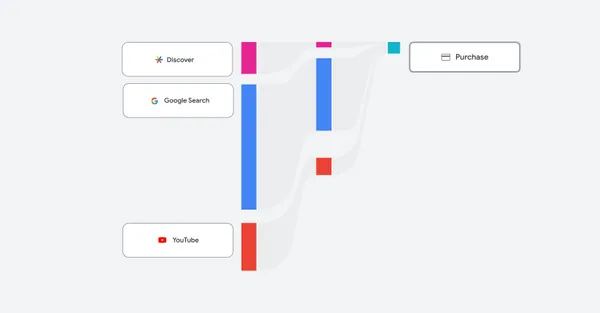 An overview of the latest reporting features, including channel performance reporting, coming to Performance Max.Read More
An overview of the latest reporting features, including channel performance reporting, coming to Performance Max.Read More
Upload and edit your images directly in the Gemini app
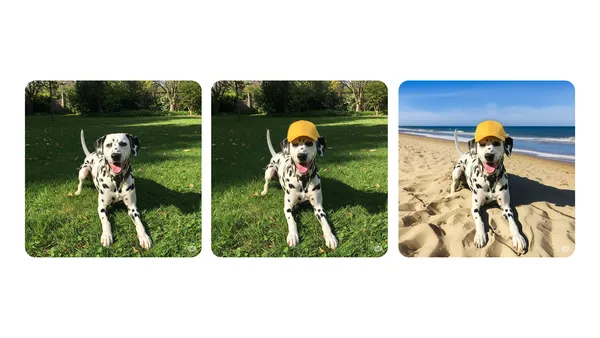 We’re rolling out the ability to easily modify both your AI creations and images you upload from your phone or computer.Read More
We’re rolling out the ability to easily modify both your AI creations and images you upload from your phone or computer.Read More
NotebookLM Audio Overviews are now available in over 50 languages
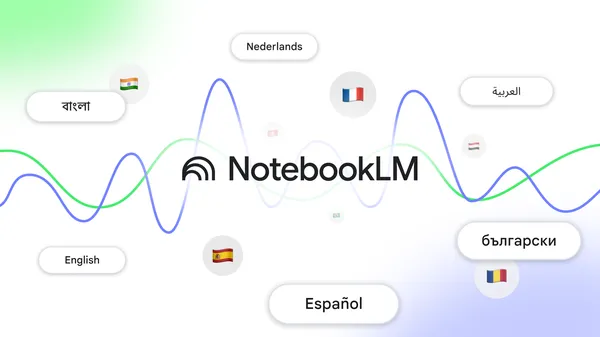 Learn more about NotebookLM’s Audio Overviews feature and its expansion to more than 50 languages.Read More
Learn more about NotebookLM’s Audio Overviews feature and its expansion to more than 50 languages.Read More
How Indian music legend Shankar Mahadevan experiments with Music AI Sandbox
 Go behind the scenes in this new Lab Session and learn how Indian music icon Shankar Mahadevan used Music AI Sandbox to help create the song ”Rubaroo”.Read More
Go behind the scenes in this new Lab Session and learn how Indian music icon Shankar Mahadevan used Music AI Sandbox to help create the song ”Rubaroo”.Read More
How we built Cloud WAN to support businesses amid the rise of AI
 Go behind the scenes on the development of Google Cloud WAN, now available to external customers for the first time.Read More
Go behind the scenes on the development of Google Cloud WAN, now available to external customers for the first time.Read More
AI’s potential to tackle the UK’s productivity puzzle
 Google’s AI Works report shares how the UK can double AI usage, narrow the AI adoption gap, and boost worker productivity.Read More
Google’s AI Works report shares how the UK can double AI usage, narrow the AI adoption gap, and boost worker productivity.Read More
Our new research into zebrafish brains could help us predict brain activity.
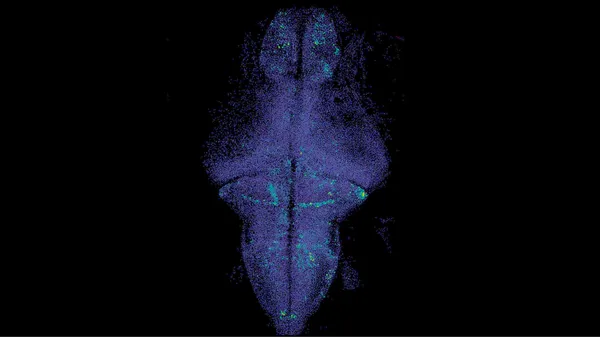 AI could one day help neuroscientists predict activity in the human brain, just like language models can predict the next word in a sentence.After more than a decade of …Read More
AI could one day help neuroscientists predict activity in the human brain, just like language models can predict the next word in a sentence.After more than a decade of …Read More
Apply to our program for startups using AI to improve U.S. infrastructure.
 Today, we’re opening applications for this year’s Google for Startups AI Academy: American Infrastructure cohort.Designed for Seed to Series A startups using AI in criti…Read More
Today, we’re opening applications for this year’s Google for Startups AI Academy: American Infrastructure cohort.Designed for Seed to Series A startups using AI in criti…Read More

